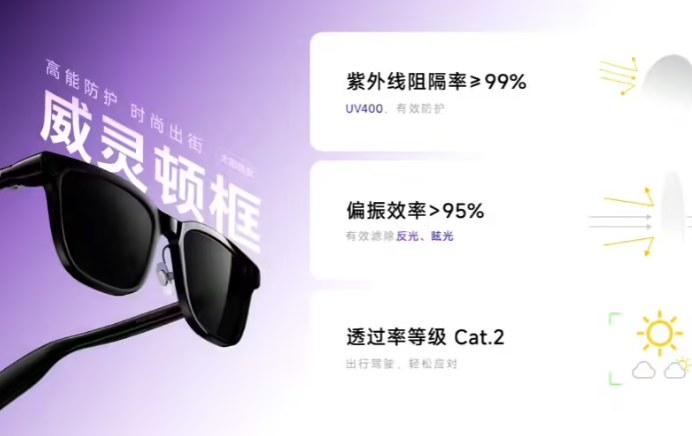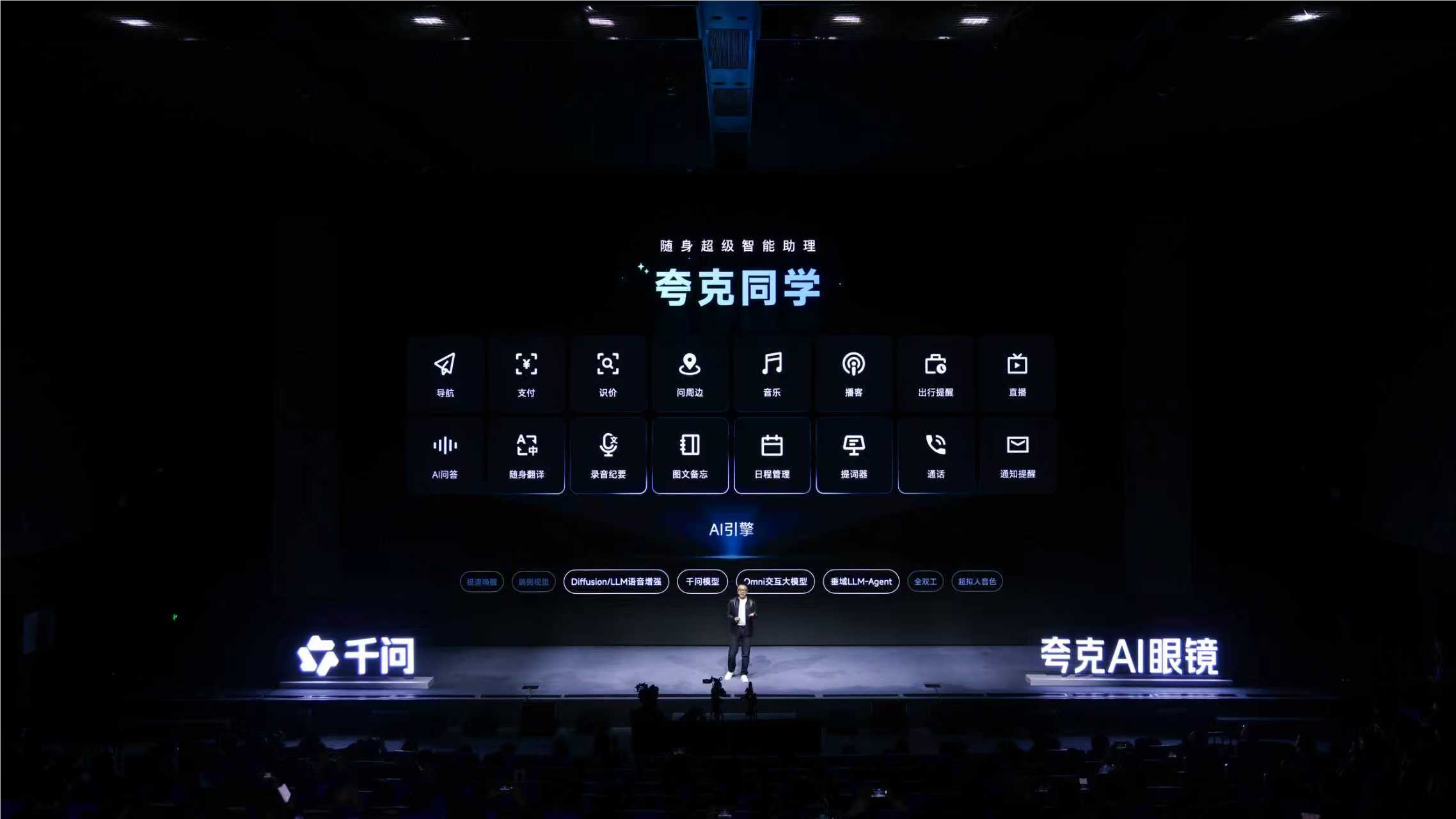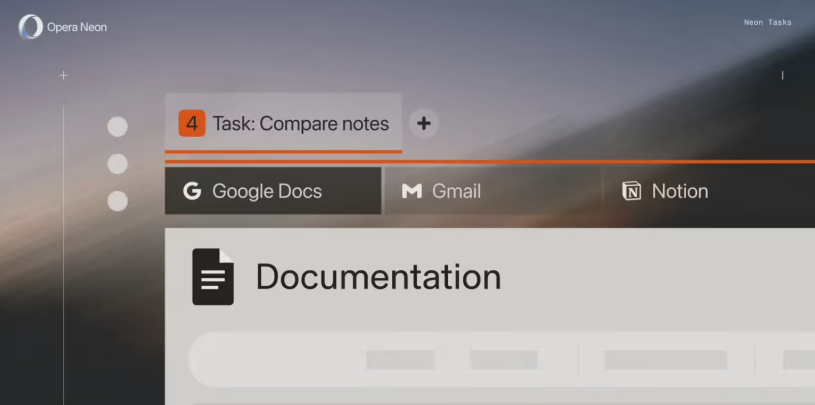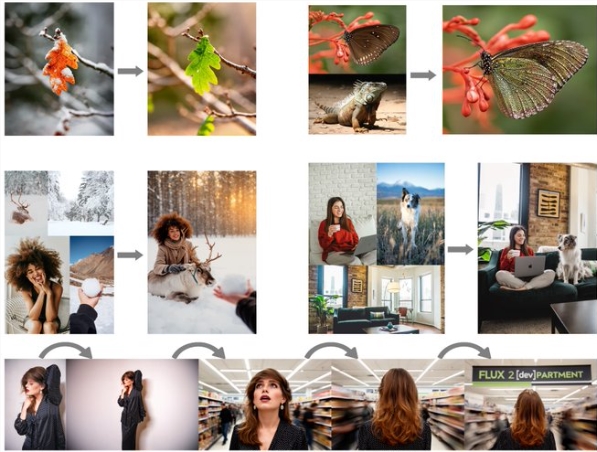Recently, a research team from ShanghaiTech University, the University of Pennsylvania, Deemos Technology, and NeuDim Technology has jointly developed an innovative model called DressCode. This model allows users to generate a variety of exquisite 3D clothing models simply by inputting a brief text description, such as a French lace-trimmed dress or a set of red silk pajamas, which is a boon for designers!
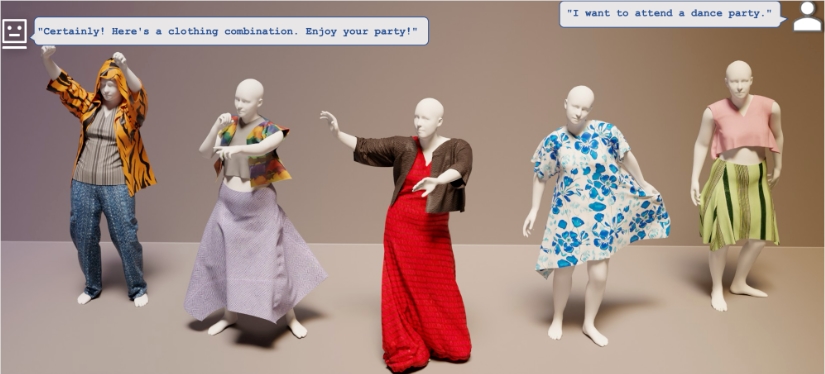
Product Entry:
DressCode not only generates clothing styles based on user text prompts but also allows for the selection of different materials, such as wool, lace, and silk. Additionally, it adds realistic lighting effects to help designers view the clothing display in various scenarios. This feature is undoubtedly an important tool for enhancing 3D content development efficiency in fields such as VR, AR, film and television, game development, and e-commerce.
Among them, SewingGPT is the core module of DressCode, based on the Transformer architecture, focusing on understanding the semantics of text and generating relevant content. When a user inputs a description, such as "design a summer cotton dress with a V-neck, pleated waist, and A-line skirt," SewingGPT parses out keywords and generates a series of structured design instructions. These instructions not only include the appearance characteristics of the clothing but also the specific methods of cutting and sewing, ensuring the implementability of the design.
Subsequently, these instructions are passed to the 3D modeling engine, combined with the fabric physics attribute database for modeling. To make the generated 3D clothing more realistic, DressCode employs advanced fabric dynamics algorithms, which can simulate the performance of fabric in motion, such as the formation of wrinkles and the swing of the skirt.
To better showcase these 3D models, DressCode also offers a rich variety of customizable virtual models, allowing users to choose different body types and skin tones. Additionally, the system includes an action library that supports settings from static displays to complex catwalks, enabling users to fully evaluate the dynamic performance of the clothing.
In terms of operation, DressCode is also very user-friendly, allowing users to examine the details of the clothing from multiple angles through simple rotation, zoom, and move operations, making it suitable for non-professional designers.
** Key Points:**
✨ DressCode is an innovative model that generates 3D clothing from text descriptions.
👗 The SewingGPT module parses text and generates structured design instructions, ensuring the design's implementability.
🧵 DressCode integrates advanced fabric dynamics algorithms, making 3D clothing appear naturally realistic in motion.

